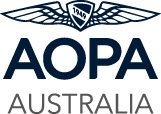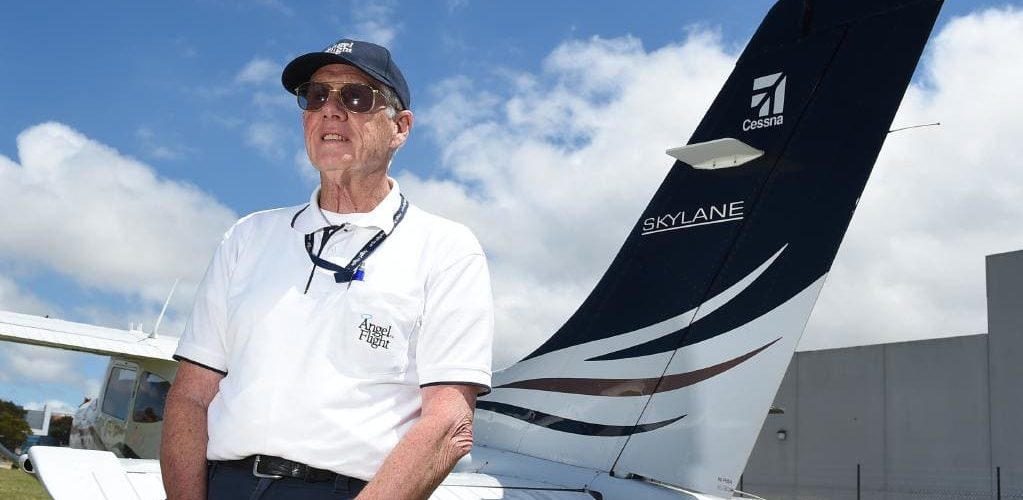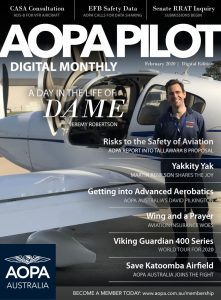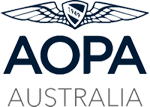The Civil Aviation Safety Authority is proposing to introduce a new minimum safety standard for community service flights (CSF). The new standard relates to:
- licensing and medical requirements for pilots
- minimum CSF pilot experience
- a requirement that flights at night be conducted under the instrument flight rules (IFR)
- maintenance-related enhancements consistent with requirements governing similar operations in Australia.
CASA considers that it is appropriate to establish a regulatory baseline that provides clarity regarding an appropriate minimum safety standard. CASA anticipates that most pilots currently conducting CSF will meet the proposed new standards.
There are currently no legislated minimum qualifications or experience requirements for Australian CSF pilots other than the standard requirements for holders of a Private Pilot Licence (PPL). Furthermore, CSFs are not conducted under the safety umbrella of an Air Operator’s Certificate (AOC) or necessarily under what may come to be an Approved Self-administering Aviation Organisation ASAO[1]
The proposed conditions are necessary in an operation where there is no AOC or other structure to support the supervision and oversee the development of new and existing CSF pilots, or to ensure that maintenance standards appropriate to the nature of the operation have been satisfied.
The safety benefits of the standard significantly outweigh the requirements being imposed. These actions are consistent with CASA’s regulatory philosophy where air safety is not compromised, and the proposal reflects a proportionate risk-based approach.
Background
CSFs are non-emergency flights coordinated by registered charitable organisations and conducted for the purpose of transporting people to receive specialist medical treatment. These charitable organisations are not air service providers. CSFs are conducted by volunteer pilots who are solely responsible for the safe conduct of these flights. CSFs can be conducted by day or night, in varying weather conditions, from and to familiar or unfamiliar aerodromes carrying passengers with a variety of medical conditions and needs. CSFs can pose potentially significant challenges for pilots who may have limited flight experience. Many of these flights are carried out in difficult operational situations including marginal visual meteorological conditions (VMC) and night VFR operations.
Operations conducted under an AOC are supported by a comprehensive organisational safety system or a formal safety management system (SMS). Operations in the CSF sector are not required to have any equivalent processes, procedures or risk defences. CASA currently does not have assurance that the CSF sector has consistent processes in place to ensure that pilots who satisfy initial entry requirements into the organisation continue to satisfy the requirements for undertaking CSF operations.
This lack of safety risk mitigators and the reliance on individual pilot assessments regarding mission acceptance, commencement or continuance, results in an increased need for pilots in command to have appropriate and recent flight time experience, and to be well versed in in-flight management, human factors and threat-and-error management skills. People piloting aircraft on CSF are potentially subject to operational risks of the kind to which pilots of charter flights are exposed. These risks are exacerbated in the CSF environment.
CASA is committed to supporting CSFs to maintain public confidence through improved safety. We acknowledge the work being done by CSF organisations to improve pilot and safety education and we are committed to continuing to work collaboratively on these important initiatives.
While some actions have been undertaken by the sector, CASA considers it appropriate to establish a regulatory baseline that provides clarity regarding a minimum safety standard.
Previous consultation
In 2014 CASA sought comment on safety standards for CSF operations via a discussion paper. The responses to the discussion paper, indicated a significant lack of support for any regulatory intervention. In response to the feedback on the 2014 paper CASA decided not to take any immediate action, although CASA indicated it would monitor the sector and take action in the future if necessary.
Now
CASA has also engaged with the relevant charitable organisations to encourage the sector to improve safety themselves. While some actions have been undertaken by the sector, particularly in the area of safety education, CASA considers that it is appropriate to establish a regulatory baseline to provide a minimum safety standard.
What Happens Next
At the end of the response period for public comment, we will review each comment and submission received through the online response form. We will make all submissions publicly available on the CASA website unless a respondent requests that their submission remain confidential. Information about how we consult and how to make a confidential submission is available on the CASA website.
When the responses to the consultation, for which consent to publish has been granted, are published, we will also publish a summary of consultation (SOC).
The SOC will summarise feedback received, describe any intended changes and detail our plans for the proposed standards.
Why We Are Consulting
You will be asked to comment on the proposed requirements. These requirements are contained in the Summary of Proposed Change (SPC) attached in the ‘Related’ section a the bottom of this page.
You can participate by visiting: https://consultation.casa.gov.au/regulatory-program/copy-of-cd1804os-1-1/






